
Seven Simple Routines
Having similar routines at home and in childcare can help children transition between people and places.
There’s comfort in doing similar things each day and knowing what to expect, which is why kids thrive on routines! Setting up consistent routines between home and “in care” creates consistency and helps ease separation anxiety and transitions.
Consider doing these simple routines at home with your child, and sharing them with caregivers:
1. Do a special handshake when saying hello or goodbye (such as giving a high five and blowing a kiss)!
2. Read or look at a book together before naptime or bedtime.
3. Sing the same song or lullaby at bedtime.
4. Cut up food into simple shapes before meals (make triangular halves out of a square sandwich, slice bananas into circular pieces, and so on), and talk about the shapes as kids eat.
5. Play Simon Says to help learn body parts while getting dressed: “Simon Says put the sock on your left foot!”
6. When kids have tantrums or are feeling frustrated, encourage them to take three slow, deep breaths to calm down, and then spin in a circle to start fresh.
7. Give kids a superhero name, and let them know they have the power to solve problems! When they have a problem, say, “This looks like a job for Super Max!”
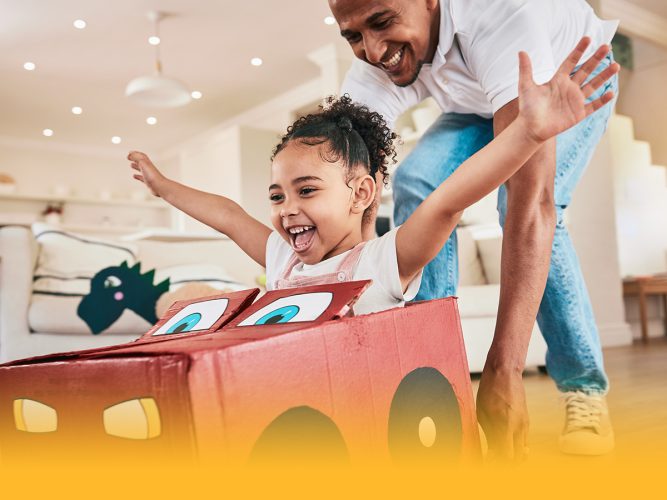
The Power of Following Children’s Lead
Joining children in their play offers so many opportunities to encourage, communicate, bond, spark and share joy, teach, show warmth and kindness, and help them thrive.
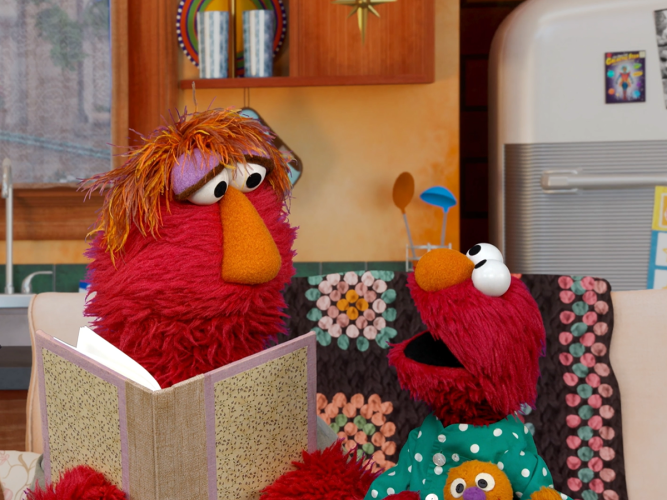
Go To Sleep, Elmo!
Handling a middle-of-the-night monster moment.
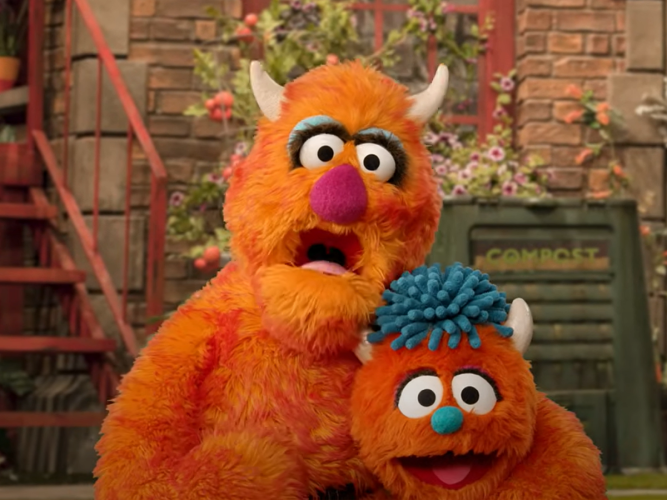
Monster Meltdown
Meltdowns happen… but they are somewhat predictable! As you try to handle them, curiosity and patience go a long way.
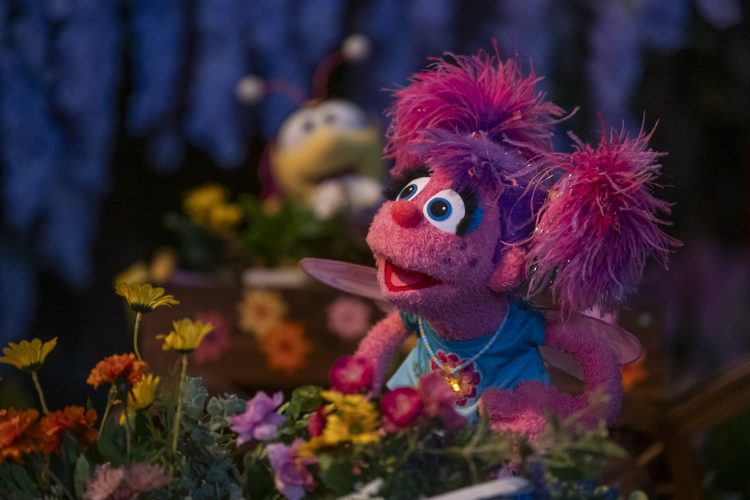
Watch and Play: Abby's Magical Beasties
Watch this episode and explore ways to extend the learning at home.
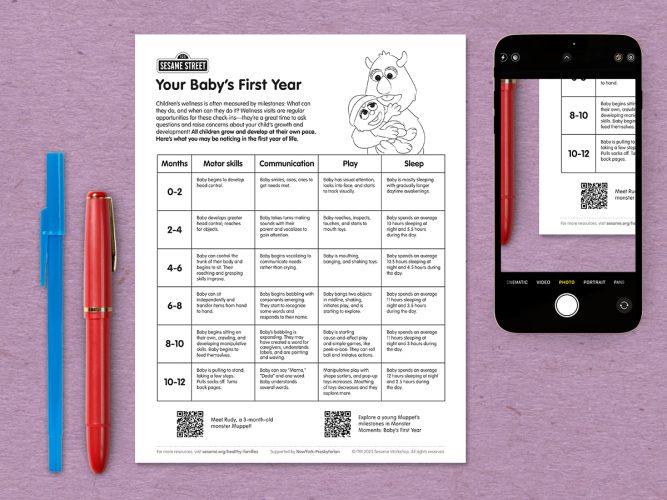
Milestones: Your Baby’s First Year
All children grow and develop at their own pace; use this chart to guide your expectations and observations so you can talk to your child’s pediatrician about questions or concerns.
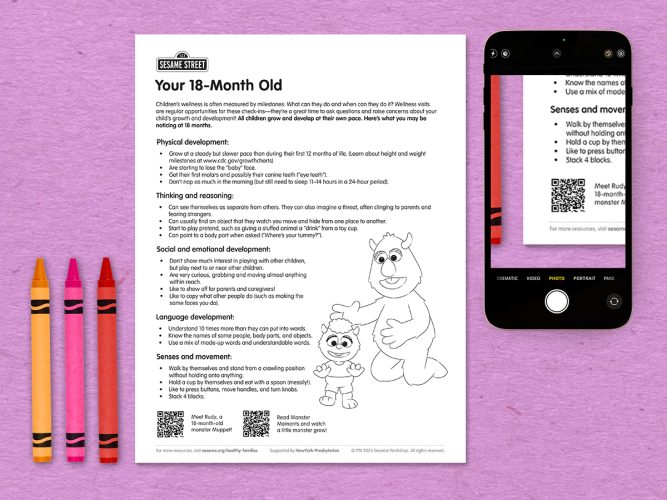
Milestones: Your 18-Month Old
All children grow and develop at their own pace; use this chart to guide your expectations and observations so you can talk to your child’s pediatrician about questions or concerns.
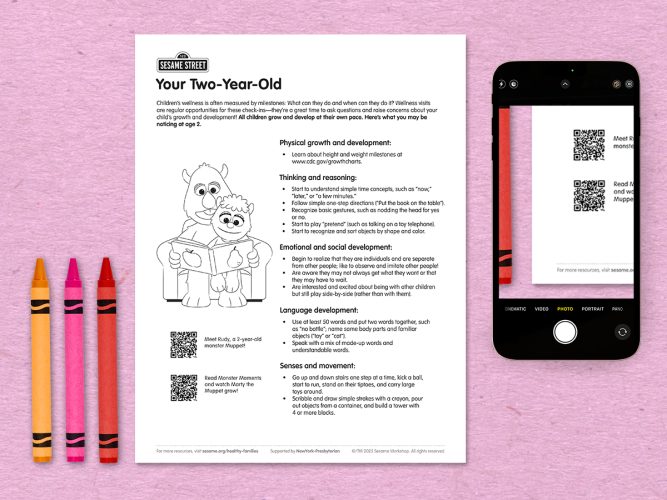
Milestones: Your Two-Year-Old
All children grow and develop at their own pace; use this chart to guide your expectations and observations so you can talk to your child’s pediatrician about questions or concerns.
